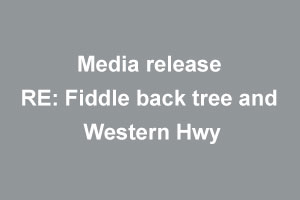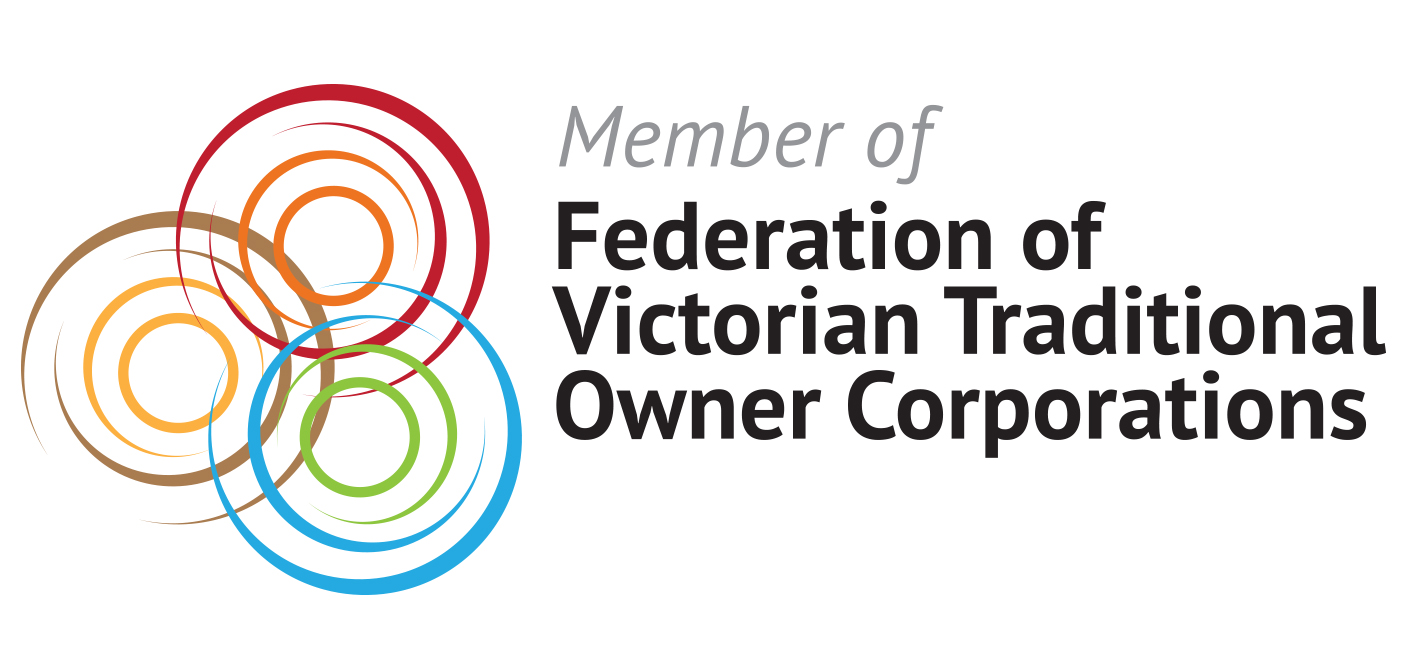Eastern Maar Aboriginal Corporation’s significant advocacy resulted in a reassessment and realignment of the Western Highway duplication project.
This realignment saves 16 trees that were identified as culturally significant. This includes two identified birthing trees, as well as other trees of significance, such as the ‘marker’, ‘directions’ and ‘grandmother’ trees.
Over several years, EMAC fought an exhaustive battle to save culturally significant trees, to the extent possible given our statutory limitations.
On Monday afternoon, the removal of a towering fiddleback tree – felled in preparation for the highway’s expansion – made headlines.
Despite its age and majesty, extensive re-assessments did not reveal any characteristics consistent with cultural modification. It did not appear to have been altered by our peoples for usage in our cultural traditions.
Independent arborists have indicated that the tree in question is “highly unlikely” to pre-date European occupation.
Despite not having statutory authority until February this year, EMAC raised community concerns with MRPV directly. We were told a viable engineering solution could not be applied to the fiddle back tree.
EMAC had limited influence to stop the felling of the fiddle back tree – a Cultural Heritage Management Plan (CHMP) had already been authorised prior to us being awarded statutory
authority. It is this CHMP that the highway duplication project continues to operate under.
EMAC continue to advocate for Country. We take our role as the inherent rights holders of our ancestral estate seriously. However, we can only use the tools available to us.
Eastern Maar Aboriginal Corporation (EMAC) will not be making further comment on this matter.
Media contact: Suzanna Maxwell-Wright (Media and Communications Officer) / 0427 271 937 / suzanna.maxwellwright@easternmaar.com.au


